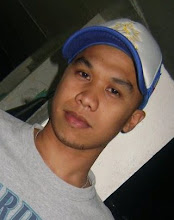
A feature of all modern human societies is the wearing of clothing, a category encompassing a wide variety of materials that cover the body. The primary purpose of clothing is functional, as a protection from the elements. Clothes also enhance safety during hazardous activities such as hiking and cooking, by providing a barrier between the skin and the environment. We done a lot of project in this major and we done a lot of hardwork because the mere fact I'm not fun of this project because it talks about on how to sew and make pattern of the clothes, when un fact i dont know on how to sew my clothes using the machine even in hand sewing i still dint know how, but with the patience of our teacher I am proud to say that i can sew my clothes using the sewing machine or by means of hand. thanks to our teacher.. she is one of my favorite teacher because she is kind and soft hearted teacher. here are the some of the pattern that we made.
Another common division of dart control is between waistline and shoulder darts.
1. On the cut-out bodice-front sloper with the cut-out dart, locate the position of the new shoulder dart. When there is a dart on the back shoulder, it is a fine point in design to match the location of the two. Place the front sloper against the back shoulder Mark the position of the front shoulder dart. Label the point A (Fig. 43a).
Another common division of dart control is between waistline and shoulder darts.
1. On the cut-out bodice-front sloper with the cut-out dart, locate the position of the new shoulder dart. When there is a dart on the back shoulder, it is a fine point in design to match the location of the two. Place the front sloper against the back shoulder Mark the position of the front shoulder dart. Label the point A (Fig. 43a).
2. Draw the new: dart line from shoulder to dart point (Fig. 43a).
3. Slash the dart line.
4. Close PART of the original dart; the remaining control is automatically shifted to the new dart
(Fig. 43b).
5. Complete the pattern by adding all the necessary signs, symbols, and notations.


